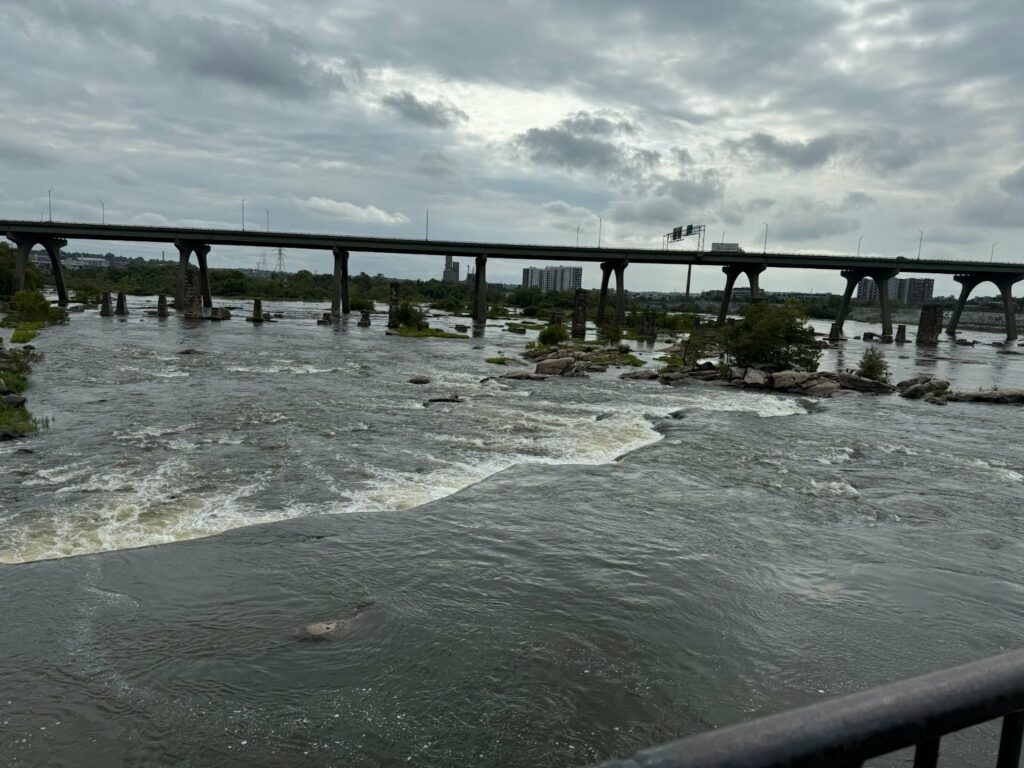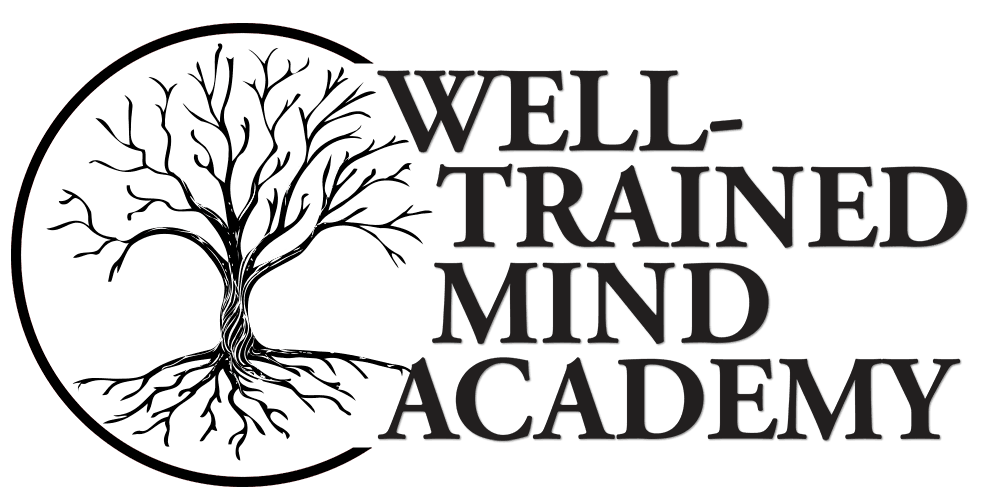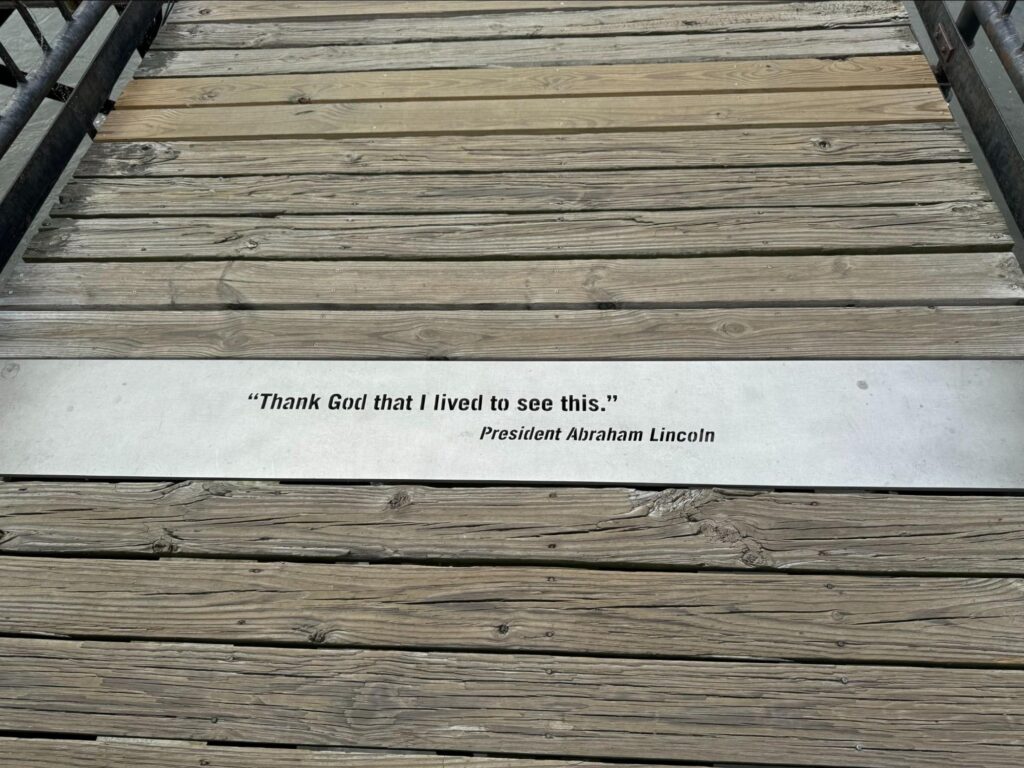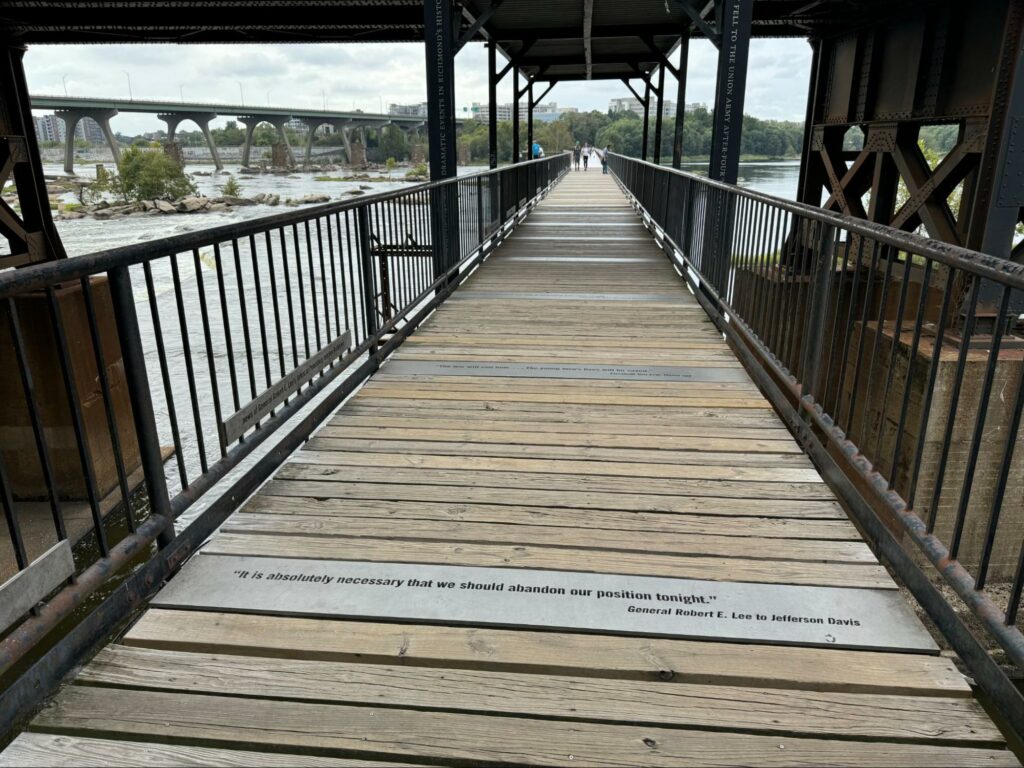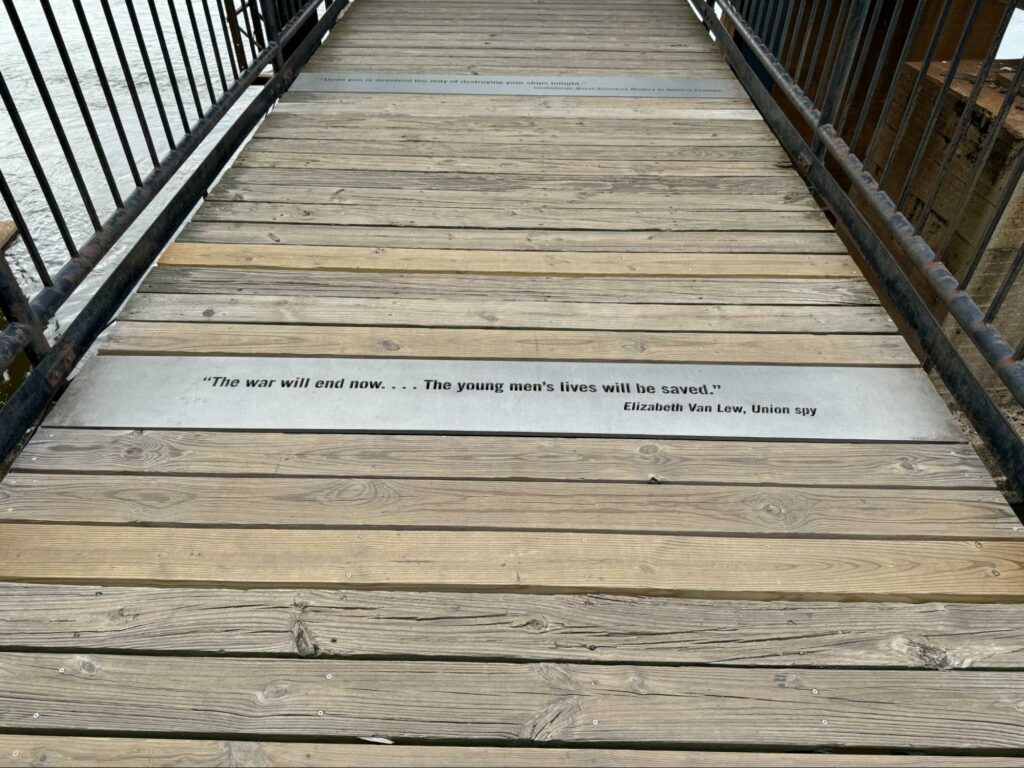Richmond’s Canal Walk to Brown’s Island: A Free, Multidisciplinary Field Trip for Homeschool Families
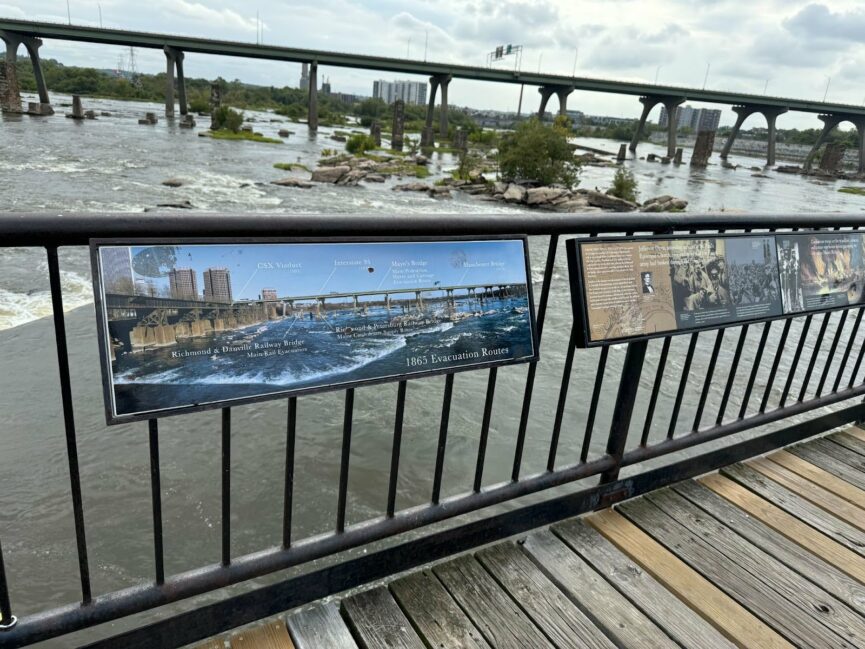
Looking for an engaging, educational experience that brings history, science, and art to life—all for free? Richmond, Virginia’s Canal Walk to Brown’s Island offers hands-on learning opportunities perfect for homeschool families. Embracing the principles of classical education, this enriching experience invites students to connect multiple disciplines through firsthand exploration.
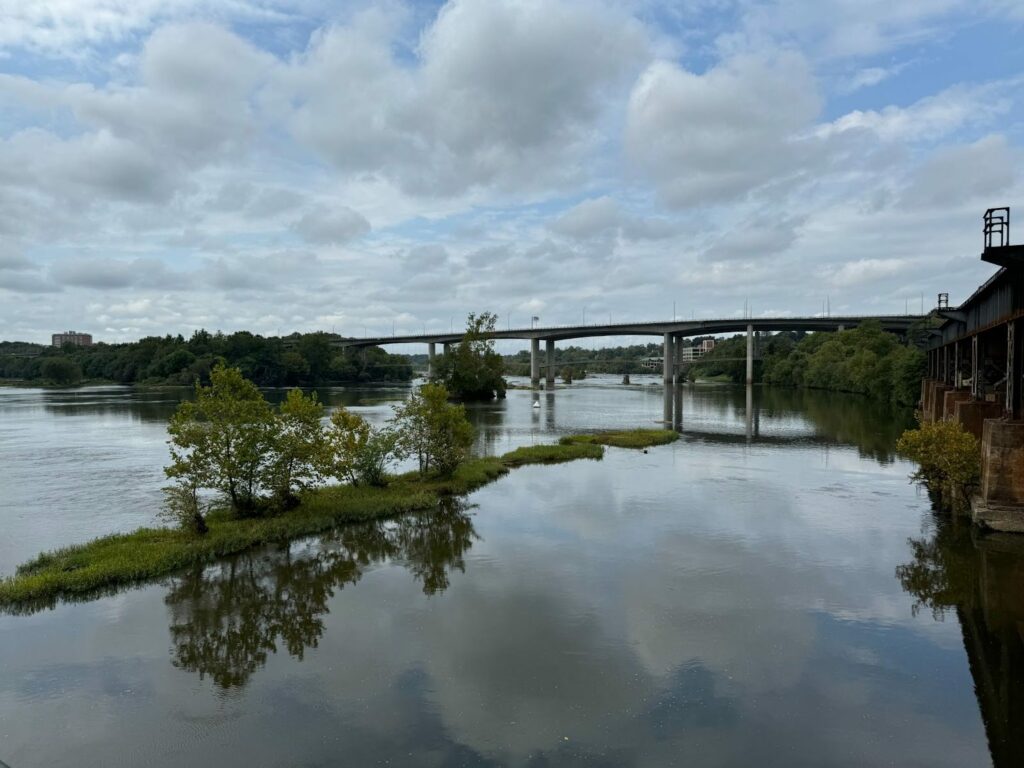
A Historical Journey Told Through Engaging Exhibits
Richmond’s Canal Walk is more than just a scenic stroll; it serves as a gateway to explore multiple disciplines rooted in the city’s rich past. The Canal Walk in downtown Richmond opens up opportunities for students to engage with history, engineering, environmental studies, geography, and public art. As a vital early infrastructure project, the canal system not only served as a conduit for commerce but also embodied American ingenuity—core principles of classical education.
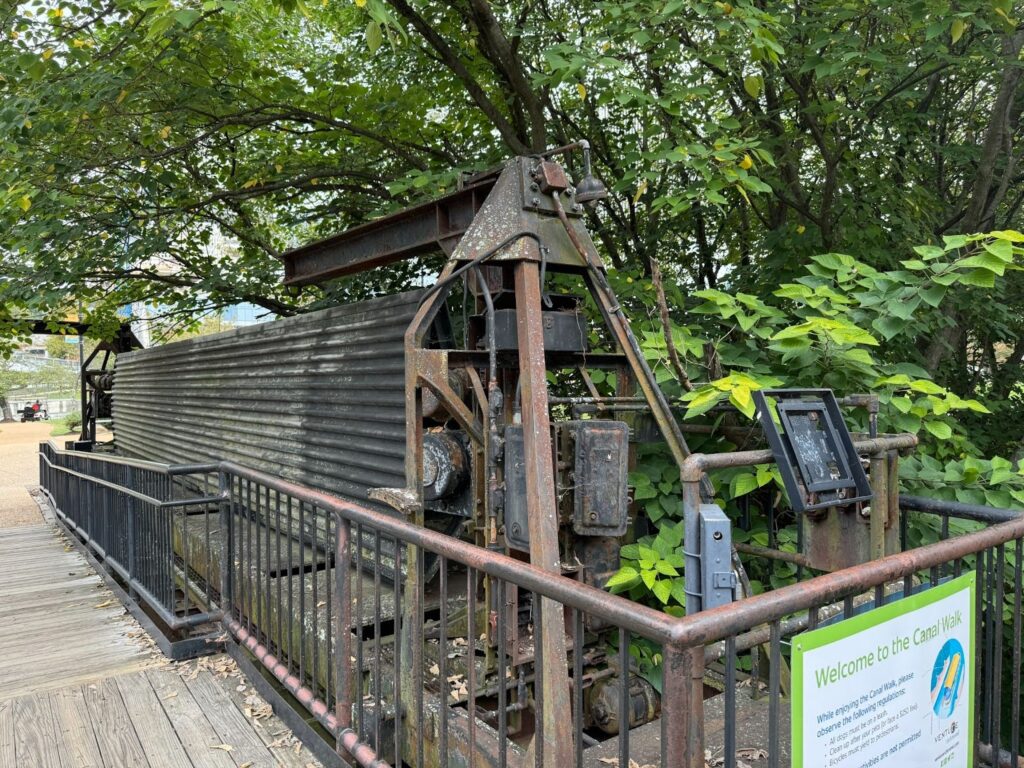
The walk highlights the canal’s engineering feats, with visible locks, structures, and historical markers that showcase key moments in Richmond’s history, offering students a chance to learn directly from their surroundings.
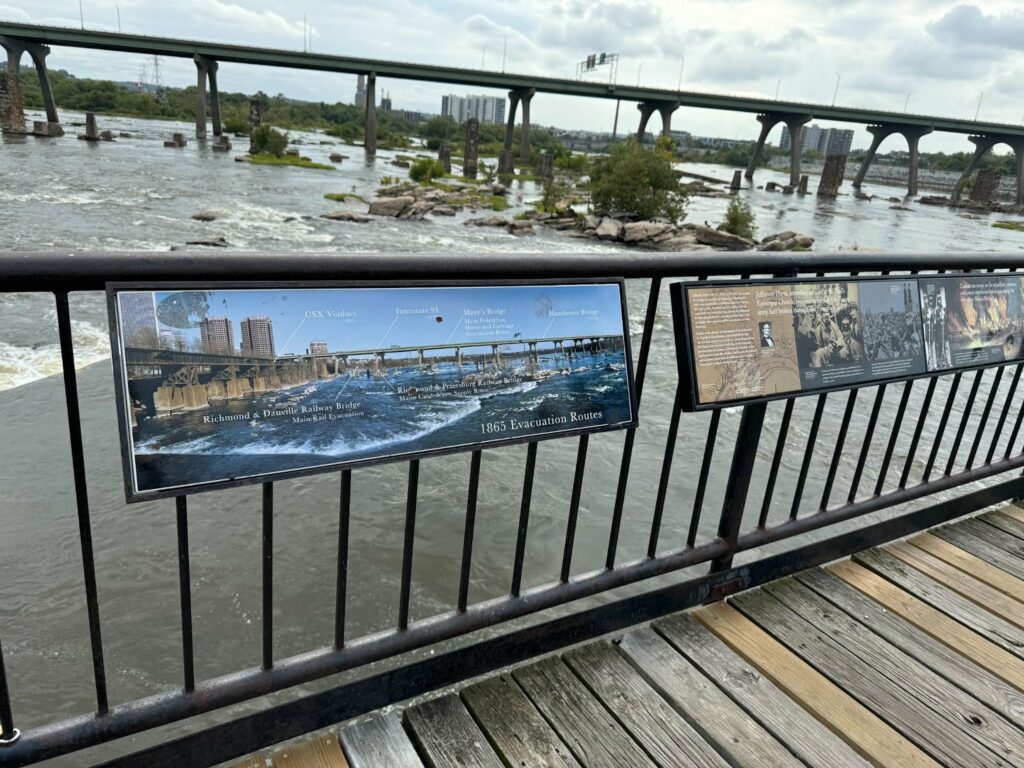
Exploring Science and Engineering Along The Canal Walk
Students can explore the canal’s floodwalls, which were essential for protecting the city from rising waters. These structures present a practical lesson in civil engineering, hydrodynamics, and environmental science—crucial topics in understanding how cities adapt to natural surroundings.
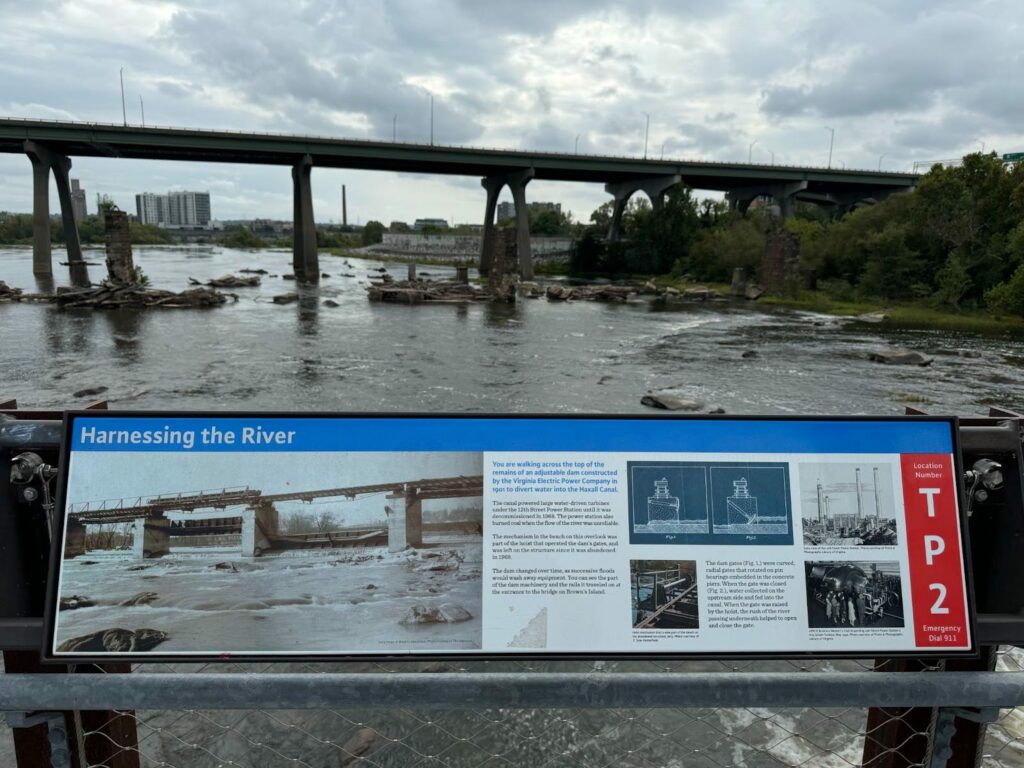
The Historic Falls of the James
As you continue to cross the pedestrian bridge, the Historic Falls of the James come into view—a 7-mile stretch where the river drops 105 feet. This dramatic drop marks the fall line, where hard rock meets soft sediment, creating both erosion and the rapids that powered Richmond’s early industries. Today, these rapids attract whitewater paddlers, but they also provide rich opportunities for discussions on geology, environmental science, and the forces of nature.
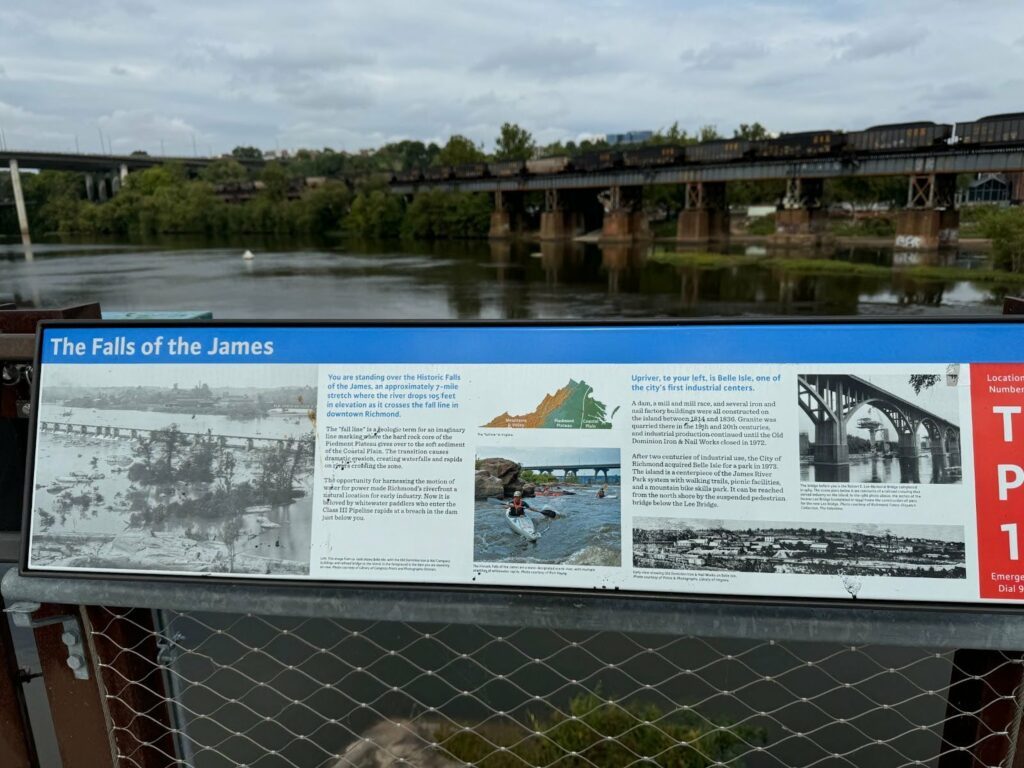
Richmond’s Civil War Legacy
While watching the river flow below, students can immerse themselves in Richmond’s Civil War history as they literally walk through history. The planks of the Potterfield Bridge feature the Three Days in April 1865 exhibit, allowing students to reflect on Richmond’s fall to Union forces and its lasting significance.
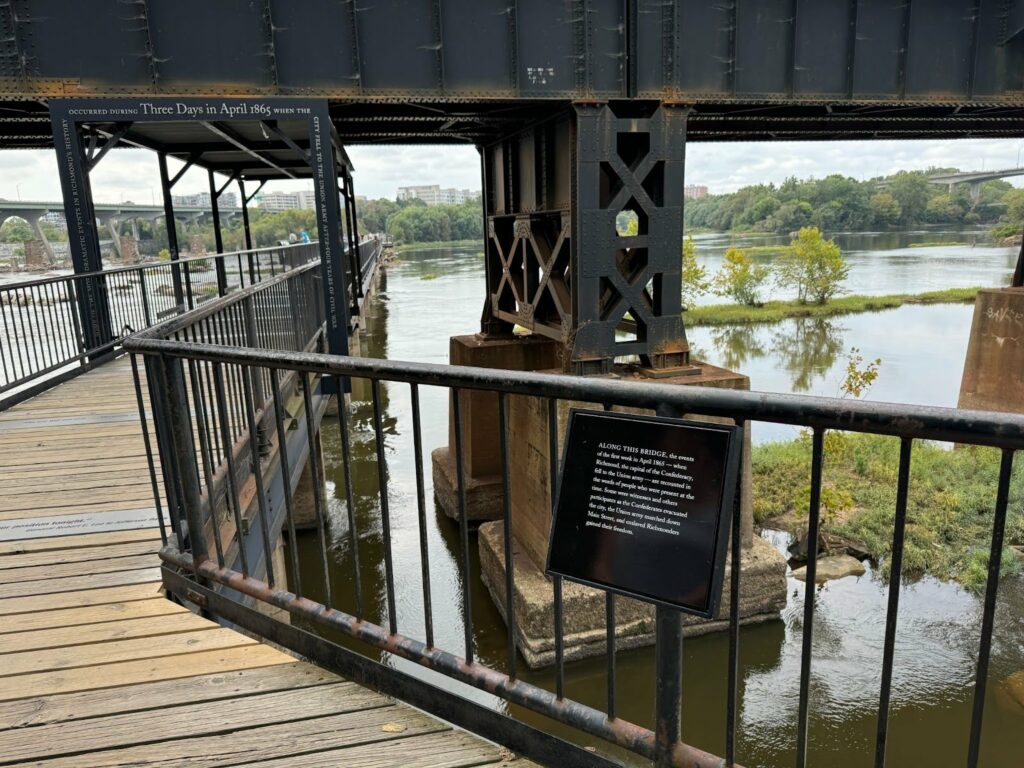
Art and Reflection on Brown’s Island
The sculptures along the Canal Walk serve as a reminder of the intersection of history, art, and social commentary in public spaces. One key piece is the Emancipation and Freedom Monument, where bronze statues symbolize the historic event of emancipation.
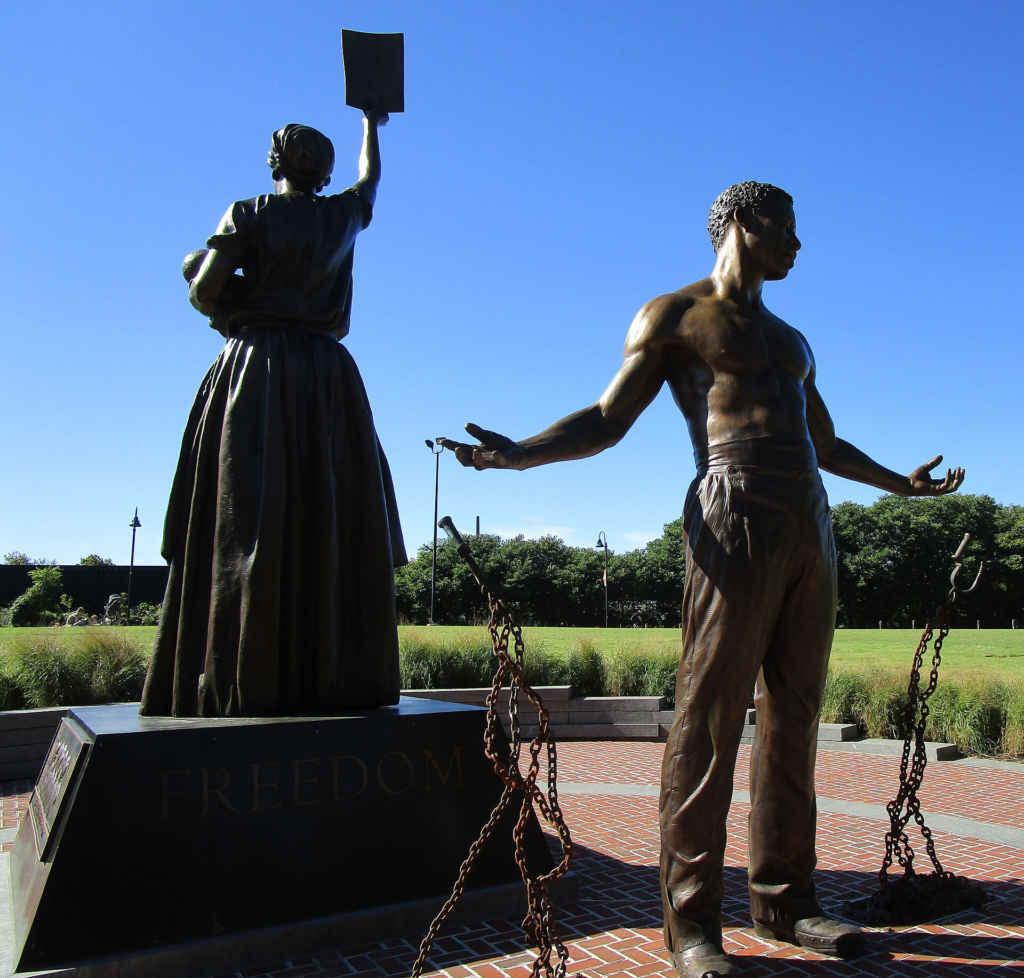
Photo Credit: WomenArtistUpdates, CC BY-SA 4.0 https://creativecommons.org/licenses/by-sa/4.0, via Wikimedia Commons.
Another notable art piece on Brown’s Island is The Path Untraveled by Josh Weiner, a series of rusted metal rings “hidden” throughout the wooded paths that invites discussions about symbolism, industrial materials, and art’s relationship with the environment.
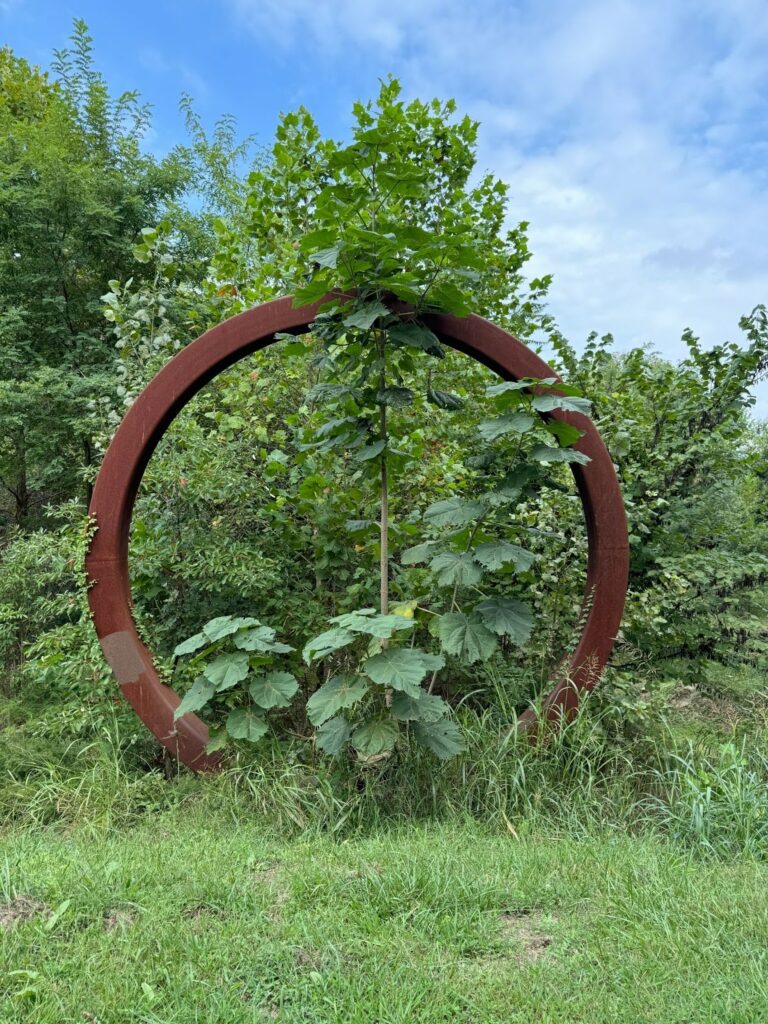
Reflecting on the Turbulent History of a Now Peaceful Place
While Brown’s Island is peaceful today, it carries a significant Civil War legacy. Union prisoners of war were sometimes forced to work here, and the Brown’s Island Confederate Laboratory was a munitions plant where workers—including women and enslaved individuals—produced artillery. An explosion at the lab in 1863 claimed many lives, further underscoring the harsh realities of wartime production.
In addition to its rich history, Brown’s Island offers educational opportunities in ecology and environmental engineering.
An Invitation to Explore and to Learn on Richmond’s Canal Walk
The canals and surrounding areas are not only historically significant but also serve vital roles in supporting local wildlife. As the seasons turn, your student will enjoy searching for the various animals that call the James River home, and seeing how the local habitat changes.
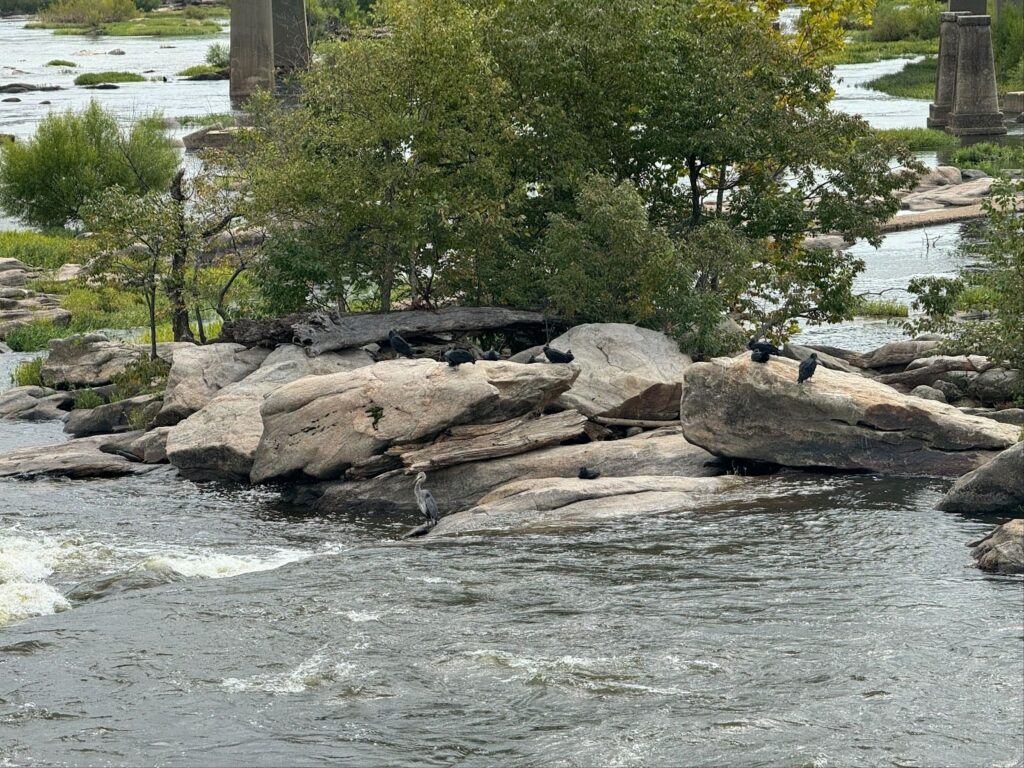
Whether your students are studying ecology, engineering, geology, art, geography, or history, they will find themselves fully immersed in a multidisciplinary learning experience.
This field trip is free, accessible from anywhere near Richmond, Virginia, and easily tailored to fit your homeschool schedule. Lace up your walking shoes, grab your notepad, and embark on a journey through Richmond’s rich history and natural beauty—right in the heart of the city.
